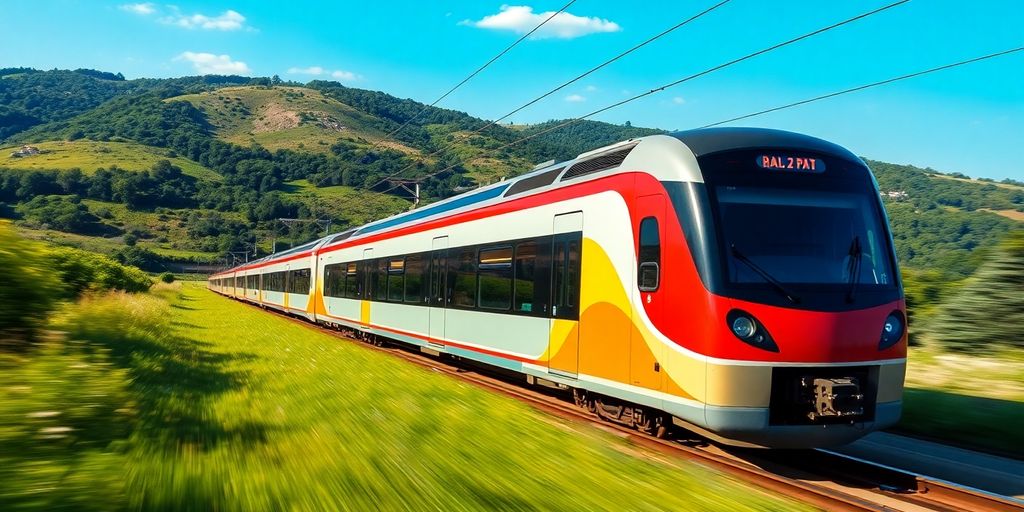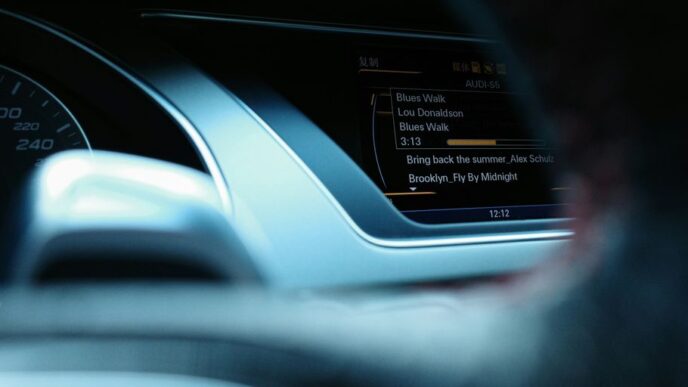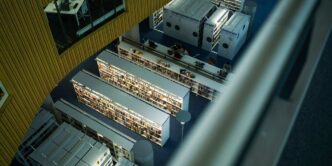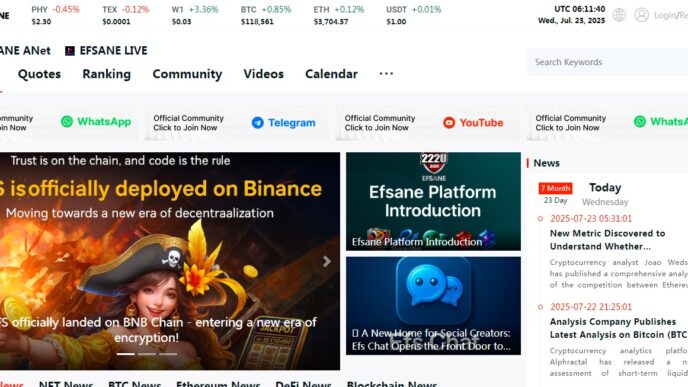Spain’s national railway operator, Renfe, has successfully secured a €280 million loan from EUROFIMA, a public rolling stock financier, to enhance its commuter rail services. This funding will be used to refinance 152 upgraded Class 447 electric multiple units (EMUs) and to acquire an additional 30 units. The move comes as Spain prepares for the liberalization of its rail market, allowing private operators to compete for routes currently managed by Renfe.
Key Takeaways
- Renfe has secured a €280 million loan for commuter rail upgrades.
- The funding will refinance 152 upgraded Class 447 EMUs and purchase 30 new units.
- The loan is part of Renfe’s strategy to remain competitive amid upcoming rail liberalization in Spain.
Background on Renfe’s Loan
The €280 million loan will primarily finance the refinancing of 182 EMUs, which are three-car units manufactured by CAF and Siemens Mobility. These units have undergone significant upgrades since 2020 to meet the growing demand for rail services in urban and suburban areas of Spain. The upgraded fleet will serve as the backbone of Renfe Cercanías’ commuter services, ensuring the state-owned operator remains competitive as routes open to private competition.
Upcoming Rail Liberalization
Spain is set to begin a phased liberalization of its commuter rail network in 2026, with only 3% of Public Service Obligation (PSO) routes available for bidding initially. This gradual approach aims to gauge market interest and prepare for increased competition from private operators such as Arriva, Alsa, and SNCF. As these companies enter the market, Renfe will need to enhance its services to retain control over its commuter lines.
Features of the Upgraded Fleet
The upgrades financed by the loan include several key enhancements:
- Accessibility Improvements: Low-floor access, wheelchair spaces, and universally accessible toilets.
- Modernized Interiors: Updated passenger information systems and improved seating arrangements.
- Enhanced Comfort: Features designed to improve the overall passenger experience.
The Role of EUROFIMA
EUROFIMA, established in 1956, provides low-cost loans for rolling stock acquisition and modernization, focusing on PSO contracts. The organization leverages its strong AA credit rating to finance rail projects, which are considered low-risk investments. To date, EUROFIMA has supported over €92 billion in such initiatives across Europe.
Why Renfe Uses Loans
Despite receiving significant state funding, Renfe and other state-backed rail operators often rely on loans from institutions like EUROFIMA and the European Investment Bank (EIB) to finance fleet upgrades. This approach allows them to spread the costs of large investments over time, ensuring compliance with EU regulations on state aid while balancing public service obligations with more profitable services like high-speed trains.
Competitive Landscape
As the EU pushes for rail liberalization, state-backed companies like Renfe face increasing pressure from private operators. The arrival of budget services from SNCF and Trenitalia has already impacted Renfe’s revenue, with reports indicating a drop of up to 40% in revenue per passenger on some routes. Renfe’s strategy to upgrade its commuter fleet is crucial for maintaining its market position as competition intensifies across Spain’s rail network.
In conclusion, Renfe’s recent loan acquisition marks a significant step in its efforts to modernize its commuter rail services and prepare for the challenges posed by an increasingly competitive landscape. The upgrades are essential for ensuring that Renfe can continue to provide reliable and efficient services to its passengers as the rail market evolves.














